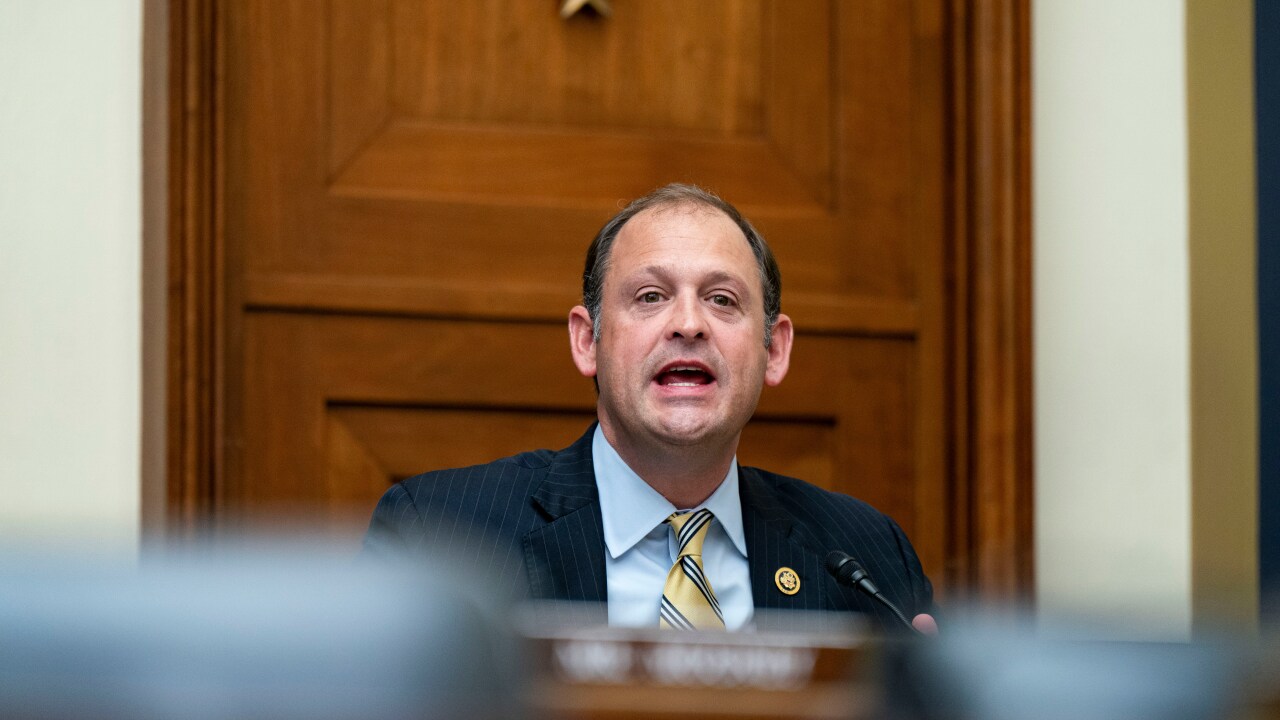
LOS ANGELES – The release of a lengthy collection of environmental documents has the California WaterFix marching on, even as many continue to doubt the viability of Gov. Jerry Brown's nearly $16 billion plan to reroute water deliveries to the Central Valley and Southern California.
The road is far from over for the massive plan, but experts and stakeholders believe that the release of the Final Environmental Impact Report before the Christmas holiday set the stage for the project to move forward and for its opponents to continue fighting it in both courtrooms and the court of public opinion.
The project, ten years in the making, would use tunnels to divert water from the north side of the Sacramento-San Joaquin Delta to bypass the Delta itself and deliver it to the system that delivers water to the drier southern part of the state.
Now, water flows through the Delta to its southeast corner to the massive pumping plant that feeds the
The tunnel plan, supporters say, is needed because the levees that help guide water through the Delta are at old and at risk of a failure that could cut off California's fresh water supply.
Opponents say the water tunnels will boost the water supply for wealthy Central Valley farmers and Southern California while harming local Delta agriculture and damaging the environment of the Delta itself as well as the San Francisco Bay by removing fresh water from the ecosystem.
The massive environmental impact report includes analysis of how the project and alternatives could impact water supply, wildlife, soil, agriculture, recreation, and many other things.
U.S. Secretary of the Interior Sally Jewell issued a secretarial order on Wednesday aimed at curbing California's ongoing drought, which included an order that her own bureau allocate available resources to a timely review of the WaterFix.
The WaterFix also remains on review by the State Water Resources Control Board, which is expected to hold more hearings on it in the coming months. Brown released a statement Dec. 22, when the environmental report came out, emphasizing the importance of the project.
"This project has been subjected to 10 years of detailed analysis and more environmental review than any other project in the history of the world," Brown said. "It is absolutely essential if California is to maintain a reliable water supply."
Mark Cowin, director of the California Department of Water Resources, said the WaterFix will help secure a water supply for a future expected to contend with a changing climate.
"WaterFix will secure water supplies for 25 million Californians and prepare for a future marked by rising seas, seismic threats and more extreme weather," said Cowin. "After years of scientific study and analysis, we have found the best solution for protecting both the Delta's ecosystem and a vital water supply for California."
Jeffrey Kightlinger, general manager of the Metropolitan Water District of Southern California, called the release of the environmental documents "a historic milestone."
The district did its own part to pushing the plan forward in April 2016 when it agreed to purchase islands in the Sacramento-San Joaquin Delta for $175 million, putting an ally of the project in control of strategic real estate.
"This historic milestone completes the process of identifying the preferred project to modernize the state water system, reduce environmental conflicts and increase water supply reliability for Californian," Kightlinger said in a statement. "After more than 10 years of planning, analysis and debate, the time for decisions is finally in sight. The pending transmittal of draft biological opinions to the state Independent Science Board will start the review process to produce state and federal permits detailing how California WaterFix will operate in compliance with the Endangered Species Act.
"We need a future water system that can capture sufficient supplies when storms reach Northern California," he continued. "This critical mission cannot be performed by anything smaller than what is proposed. This final proposal reflects a project downsizing of 40% from what public water agencies had originally identified, a tough but necessary compromise with the wildlife regulatory agencies. Once we have more information about proposed operations and financial cost sharing among the participating agencies in hand, Metropolitan next year will be ready to make an investment decision on California WaterFix."
Jeffrey Michael, director of the Center for Business and Policy Research at the University of the Pacific in Stockton, Calif., said there are still come significant question marks about the funding for the WaterFix.
The project is likely to be funded by bonds issued by water agencies participating in the plan, but it is not clear whether all of them will have the capacity to issue that debt.
A cost-benefit analysis by economist David Sunding at the University of California, Berkeley indicated that federal funding might be needed to make the project financially possible, something the state denies. The state had commissioned Sunding's study, but subsequently said that the work was based on data that was "outdated and incomplete."
"The election is a wild card," Michael said of Trump's presidential victory. "It probably means that the WaterFix has a better chance of receiving regulatory approval from the Feds. But it also means that farmers and other water exporters are getting regulatory relief and more water out of the current system without having to invest in billion dollar infrastructure – as evidenced by the California drought legislation that passed in December to ease pumping limits."
The WaterFix has faced staunch opposition from some Northern California landowners, who are likely to continue fighting it in court to challenge the ability of water agencies to levy property taxes to pay for the project.
Water agencies have taken the position that they can levy those taxes without a new vote because the WaterFix is part of the State Water Project already authorized by California voters in 1960.
The WaterFix plan won an Election Day victory when Proposition 53, a proposed state constitutional amendment to require voter approval before the state could issue more than $2 billion in public infrastructure bonds that would require an increase in taxes or fees for repayment, went down to defeat.
The ballot measure, spearheaded by a wealthy Stockton-area agribusinessman, was widely seen as an attack on the WaterFix plan. It was narrowly defeated after Brown entered the fray to actively campaign against it.
Now that the environmental impact report is completed, biological opinions are expected to be finalized early this year, clearing the way for final environmental clearances, completion of other necessary agreements, and construction beginning as soon as 2018.
The Delta Independent Science Board will also meet Jan. 12 to discuss the project.





